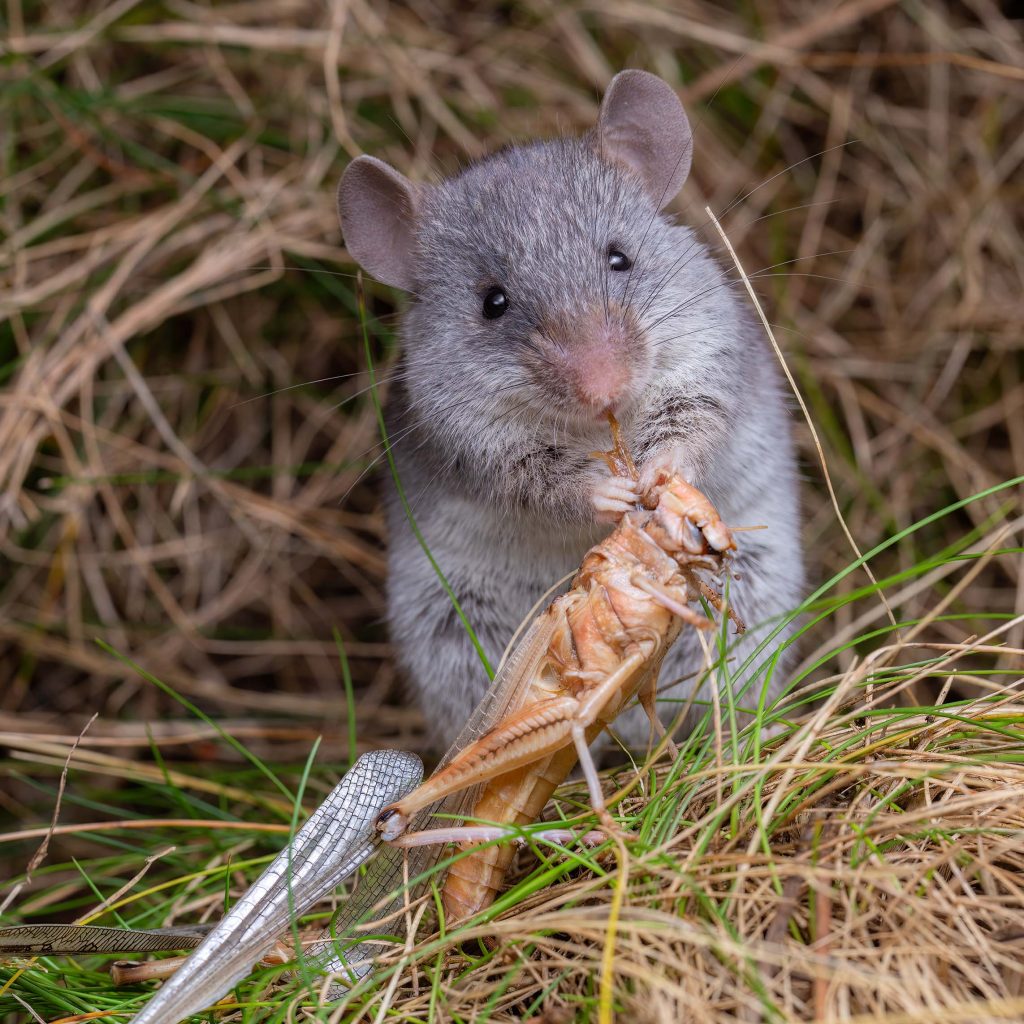Olfaction and dietary specialization
Turbinal bones are key components of the mammalian rostrum that contribute to three critical functions: (1) homeothermy, (2) water conservation and (3) olfaction. With over 700 extant species, murine rodents (Murinae) are the most species-rich mammalian subfamily, with most of that diversity residing in the Indo-Australian Archipelago. Their evolutionary history includes several cases of putative, but untested ecomorphological convergence, especially with traits related to diet. Among the most spectacular rodent ecomorphs are the vermivores which independently evolved in several island systems. We used 3D CT-scans (N = 87) of murine turbinal bones to quantify olfactory capacities as well as heat or water conservation adaptations. We obtained similar results from an existing 2D complexity method and two new 3D methodologies that quantify bone complexity. Using comparative phylogenetic methods, we identified a significant convergent signal in the rostral morphology within the highly specialised vermivores. Vermivorous species have significantly larger and more complex olfactory turbinals than do carnivores and omnivores. Increased olfactory capacities may be a major adaptive feature facilitating rats’ capacity to prey on elusive earthworms. The narrow snout that characterises vermivores exhibits significantly reduced respiratory turbinals, which may reduce their heat and water conservation capacities.
